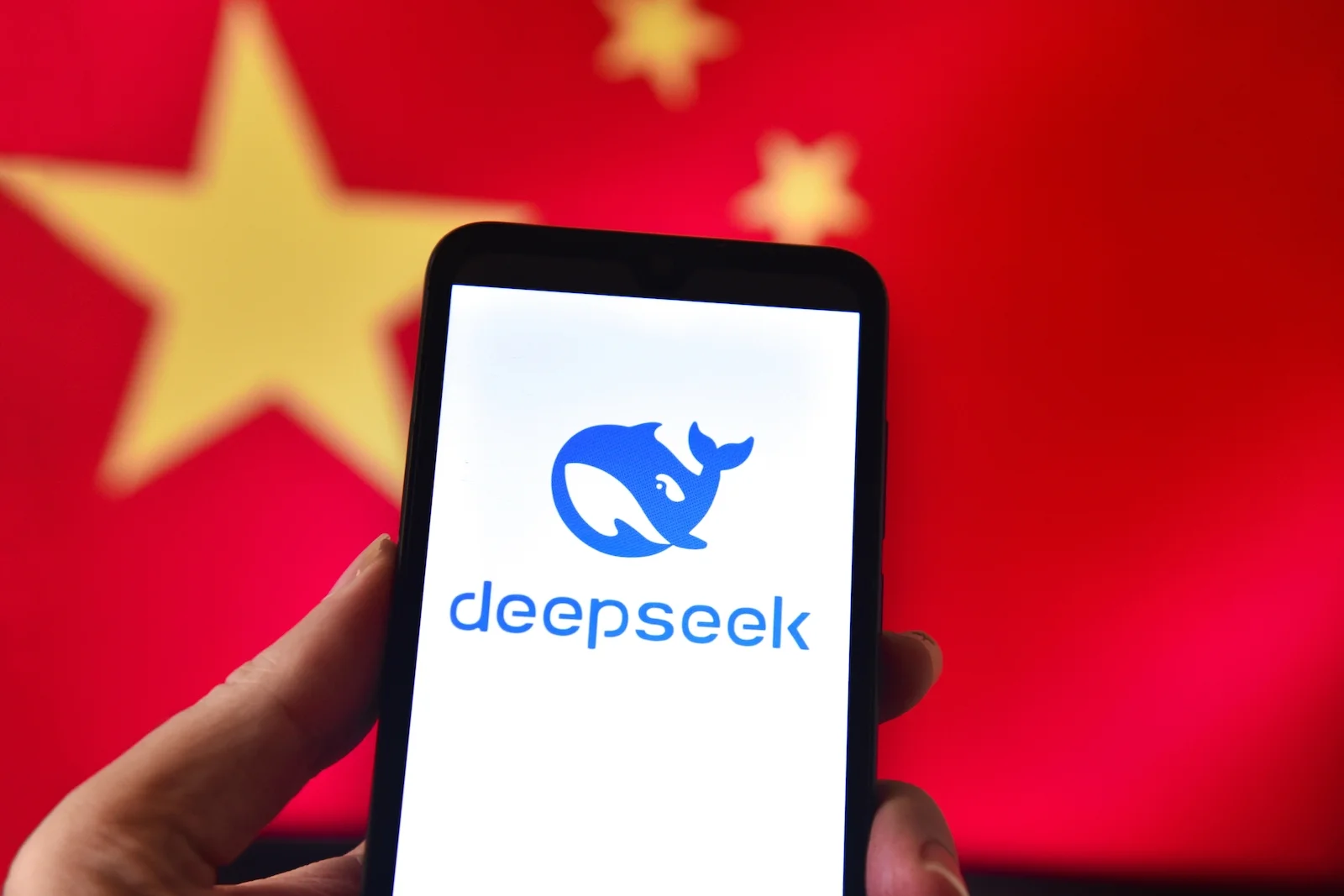
Tech
The Emergence of DeepSeek Shakes up AI Landscape
Early last week, the United States received a stark wake-up call. The caller? DeepSeek, a Chinese chatbot. Virtually unknown mere weeks ago, this app has surged to the number one spot in iPhone app stores across Australia, Canada, Singapore, the United Kingdom, and the United States. And this wasn’t a digital prank or spam call; it was an emergency of geopolitical proportions.
DeepSeek’s R1 chatbot, built at a fraction of the cost required by major competitors like Google’s Gemini or OpenAI’s ChatGPT, shocked the global tech ecosystem and stock markets alike. By Monday, its emergence had erased a staggering $1 trillion in market value from the leading U.S. tech index. The hardest-hit casualty was NVIDIA, which saw nearly $600 billion of its value wiped out.
Reports indicate that DeepSeek’s AI model was trained using NVIDIA chips, but not the state-of-the-art, sanctioned versions. Instead, the company relied on older, less expensive H800 chips—designed specifically to comply with U.S. sanctions imposed in late 2022. However, because these restrictions were only tightened at the end of 2023, they had no bearing on DeepSeek’s development. In this instance, China’s innovators have shown they can achieve remarkable results even without the latest technology.
Under increasing pressure, China has been forced to rely more heavily on homegrown solutions. The West’s strategy of “decoupling,” spearheaded by the United States, has inadvertently spurred a new wave of Chinese innovation. Constrained access to foreign tech has prompted China to implement a series of strategic initiatives aimed at strengthening its domestic technological ecosystem. These policies have made it clear that China intends to minimize dependence on the West’s resources.
Even if DeepSeek does not remain a long-term leader in the AI sector, it has sent a clear signal to Washington. Many analysts are comparing its sudden ascent to the launch of Sputnik, framing this moment as the beginning of a new technological arms race. In this context, nations with strained ties to the United States are likely to gravitate further toward Chinese technology, siphoning business and influence away from Western markets.
Technological and financial implications aside, what’s unfolding between the U.S. and China now is a deepening competition—one that many observers already found hard to imagine intensifying further. Earlier this week, Ian Bremmer, president of the Eurasia Group, expressed doubt that a détente is on the horizon. “Those that think that a deal is coming, that Trump is going to engage with China because he wants to find a way to not have to put tariffs on,” he explained, “I don’t think that’s going to happen because you’re going to have so much more efforts to contain the Chinese in all sorts of areas of advanced technology broadly speaking.”
In Washington, concern over China’s technological ambitions is bipartisan. While anxieties surrounding security, privacy, and workforce disruption dominate headlines, there is also cautious optimism. AI holds enormous potential to revolutionize intelligence gathering and analysis by providing faster, more efficient capabilities.
DeepSeek’s rise shows that the U.S. can no longer afford complacency. The future of global AI leadership is uncertain, but what’s clear is that the race has begun in earnest. The real test will be which nation rises to the top—and which finds itself in a tailspin.
